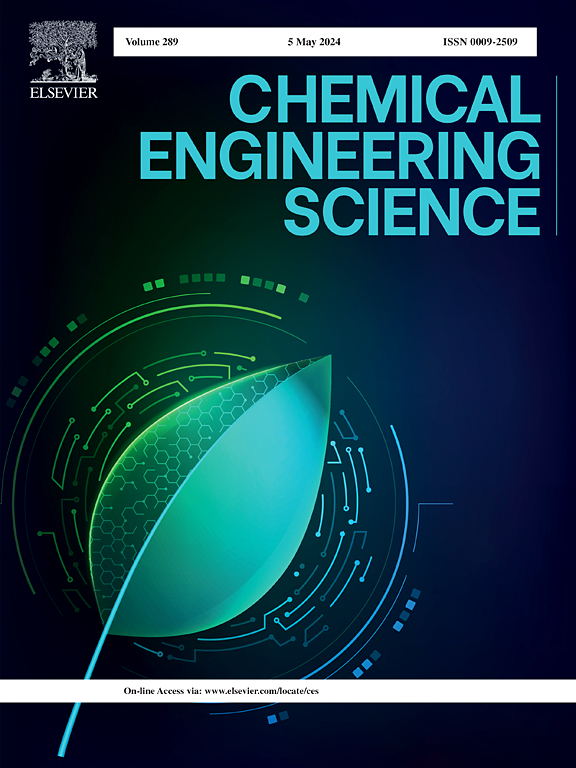Study on dissolution kinetics of rock salt in the construction of underground energy storage salt cavern
IF 4.1
2区 工程技术
Q2 ENGINEERING, CHEMICAL
引用次数: 0
Abstract
Water solution mining is one of the ways to construct a salt cavern in rock salt formation. However, current research on the dissolution mechanism of rock salt is unclear. In this paper, the dissolution mechanism of rock salt is revealed and a kinetic model is established by a series of dissolution tests. Results show that ion diffusion is the control step of rock salt dissolution under static conditions, the surface reaction rate constant is 5 ∼ 6.4 times that of the ion diffusion rate constant. The temperature increases from 20 to 50 °C under static conditions, the dissolving rate of rock salt increases by 20 %. The convection of solution significantly promoted the dissolution of rock salt. When the stirring speed of rock salt increases from 0 to 600 rpm, the dissolving rate of rock salt can increase by 218 %. The average relative error of the predicted dissolving rate of rock salt is 13.14 %.
求助全文
约1分钟内获得全文
求助全文
来源期刊

Chemical Engineering Science
工程技术-工程:化工
CiteScore
7.50
自引率
8.50%
发文量
1025
审稿时长
50 days
期刊介绍:
Chemical engineering enables the transformation of natural resources and energy into useful products for society. It draws on and applies natural sciences, mathematics and economics, and has developed fundamental engineering science that underpins the discipline.
Chemical Engineering Science (CES) has been publishing papers on the fundamentals of chemical engineering since 1951. CES is the platform where the most significant advances in the discipline have ever since been published. Chemical Engineering Science has accompanied and sustained chemical engineering through its development into the vibrant and broad scientific discipline it is today.
 求助内容:
求助内容: 应助结果提醒方式:
应助结果提醒方式:


